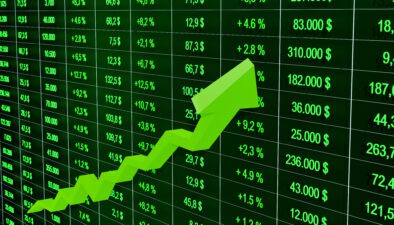One of the ways that the Canadian government is helping people who have lost their jobs as a result of the coronavirus pandemic is by providing the Canada Emergency Response Benefit (CERB). The CERB benefits pay $2,000 every four weeks up to a maximum of 16 weeks. However, the one thing Canadians who receive the benefit need to be aware of is that it isn’t tax-free. Until you do your taxes next year for 2020, you won’t know the impact of it and if you’ll need to pay any of it back.
How much should you put aside for taxes?
There is, unfortunately, no exact percentage that is going to work for everyone. If you don’t plan on returning to work this year, and you’re likely to stay in the lowest tax bracket, you may not need to pay anything back at all. But it’s better to be on the conservative side of things, because the last thing you’ll want after a tough 2020 is not having the money to pay a tax bill next year.
The average salary in Canada can range between $40,000 to $60,000 depending on which province you’re in. If you’re at the top end of that scale, then your incremental tax rate in Ontario for federal and provincial tax would be approximately 30%. And if your salary is taking a hit this year, then you may end up in a tax bracket that’s between 20% to 25%. If you can estimate your income, you can more accurately gauge which tax bracket you’ll fall into. This won’t be perfect, because tax credits will also impact how much you’ll ultimately pay as well, and, of course, your income could increase if you work more than you expect to this year.
A 20% holdback for taxes would mean putting aside $400 from your $2,000 CERB payment. And if you’re estimating your tax bracket is about 25%, then you’ll want to hold on to $500.
Why you should hold back more than you think you need to
If you can get by with doing so, you’ll be better off holding back a higher percentage than you think you’ll need. If you end up paying less in taxes than what you’ve held back, think of the excess as a tax refund. And by holding back more, it can help you build some savings in the process. One thing this pandemic has reminded everyone of is how important it is to build your savings; this is more than just a rainy day. That’s why the goal should always be to save as much as you can.
And if you’ve got some savings built up, then it could be a great opportunity to start investing as well, if you haven’t already. In an ideal situation, you’d be able to live off dividend income from investing in a top bank stock like Canadian Imperial Bank of Commerce (TSX:CM)(NYSE:CM).
The stock pays investors $1.46 every quarter for each share that they own. And at around $80 per share, you could earn more than 7% per year from one of the top bank stocks in the country. That’s a great deal for a blue-chip investment that you can hang on to for the rest of your life.
CIBC may run into some challenges this year, as a slowdown in the economy won’t do its earnings any favours. But it’ll recover, just like it has from previous recessions, and it’ll go back to where it left off before the pandemic hit. It may take some time, multiple years perhaps, but it’s an example of a low-risk investment that could help generate income for you for many years. But you can’t do that without building up your savings. That’s why, whether or not you think you’ll have to pay taxes on your CERB payments, you’re better off holding some of that money back anyway.








